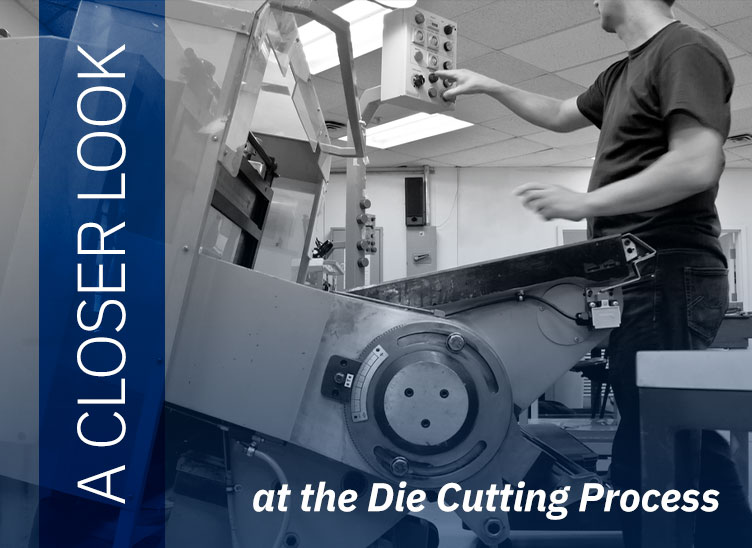
A Closer Look at The Die Cutting Process
The process of die cutting is versatile, allowing manufacturers to create almost any type of shape or pattern and in different types of materials. Creating a custom job is easy to do with this process, so every industry can utilize die cuts. To understand more about what the process includes, here is a closer look at die cutting.
How It Works
Die cutting reduces material waste, defects, and keeps the process moving faster than traditional forms of manufacturing. There are more pieces produced with precision die cutting because of its overall efficiency. This is done with predesigned cuts, created from steel. These molds are used for punch pressing, which acts like industrial cookie cutters, creating shapes and being formed into finished pieces from metal, plastic, rubber, composite, and wood. The die cutters direct how machinery should cut around thin material pieces while also helping to shape and mold them.
Rotary die cutting is another process that includes a special type of press. Material is fed into the press while a rotary tool cuts out the shapes, creates creases, or makes perforations. As the material is cut into smaller parts, gears force a rotation that ensures the cuts are exact. This can stay at a single step or multiple steps are utilized to make multiple cuts to the same pieces for a more complex job.
Depending on the size and capabilities of the machinery, just about any size of product can be created. The biggest benefit of die cutting though is that large projects can have parts created faster and easier. With precision die cuts, the quality does not get worse with wear.
Another benefit is that the same piece of machinery can be used for creating different pieces by simply changing out the dies for each project. This means that manufacturers do not have to use a lot of space for the big machines doing the same job. Instead, there is room to have machinery for doing other steps or projects like bending, extrusion, and curling.
Other Steps to Die Cutting
Once parts are cut, they undergo other steps, such as tooling, splicing, punching, and more to create finished products rather than just pieces. Even if it just means that the edges are smoothed down for safer handling, the die cutting process usually involves more than just cutting. With these extra services available, customers can bring a complete product to market or components to a bigger product.
Utilization
Operating at the highest quality standards requires a manufacturer to be ISO/TS16949 certified. This means that processes are efficient and monitored for superior results. Clark Rubber and Plastic uses this for the best products for the many industries we service, like
The die cutting process is vital to creating pieces that are used in the bigger products. Once they are all put together, these industries can create more inventory for less money. The money that automation saves companies is passed on to the consumer for less expensive products with more available for purchasing.
If you have a company that needs a dependable die cutting partner or wants any of our services mentioned, request a quote and one of our representatives will contact you.
